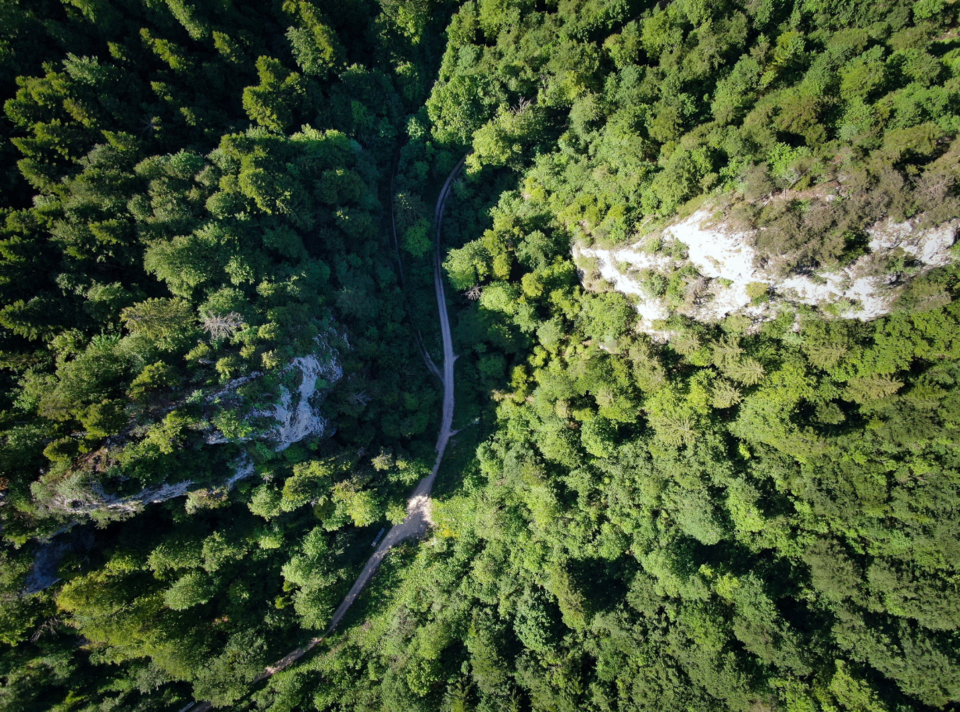This content was originally published by the Longmont Observer and is licensed under a Creative Commons license.
New studies show how high-intensity fires alter flower pollen, soil health and tree growth.
By Helen Santoro, High Country News

Wildfires across the West are becoming more severe. In California, for example, fires have gotten larger, and the annual amount of land burned increased more than fivefold, between 1972 and 2018. A wealth of research has shown that this proliferation of extreme blazes is due in part to climate change, which is creating hotter and drier conditions. Additionally, decades of aggressive fire suppression encouraged a buildup of dense undergrowth in forests, setting the stage for bigger and longer-lasting wildfires.
Western landscapes are struggling to adapt to these changes. Many ecological communities have evolved to withstand frequent, low-severity wildfires, which clear out dead litter on the forest floor, thereby allowing nutrients to reach the soil and stimulating new plant growth. But these immense fires make it harder for trees and other vegetation to grow back, causing landscapes to change.
Here are three recent studies that examine the ways in which the connections within ecosystems are altered by more powerful wildfires.
The study: “High-severity wildfire limits available floral pollen quality and bumble bee nutrition compared to mixed-severity burns,” Oecologia, December 2019
The takeaway: Wildflowers in areas hit by severe fires have lower-quality pollen than flowers in places with milder fires. This means less nutritious food for bumblebees after a big burn.
What it means: Researchers from Montana State University compared the impact of high-severity wildfires to that of mixed-severity wildfires — fires that are a patchwork of different intensities — on bumblebee populations. To do so, they collected bumblebees and flower pollen from several recently burned plots in southwest Montana.
In areas with more severe burns, pollen had almost 28% less nitrogen than in areas with mixed-severity burns. That pattern was mirrored in the bumblebees themselves: Those from more severely burned areas had less nitrogen in their system. Nitrogen is an indicator of the amount of protein in pollen — a crucial piece of the insects’ nutrition — and bees that consume more protein are larger and more resistant to parasites and disease.
The difference in pollen may be due to the species that flourish after a powerful fire. Fireweed and heartleaf arnica, for example, while native to western Montana, are less nutritious than other plants, said Michael Simanonok, an ecologist and co-author of the study. The finding is a reminder that human-caused climate change has cascading effects. “We are contributing to an exacerbated change in the fire regime,” Simanonok said. “We should be aware of the consequences of that.”
The study: “High-severity wildfire leads to multi-decadal impacts on soil biogeochemistry in mixed-conifer forests,” Ecological Applications, January 2020
The takeaway: Severe wildfires change the makeup of soil, reducing the amount of organic carbon and the microbe activity within it. Both of these elements help keep nutrients in the soil and promote vegetation growth.
What it means: Forests in California’s Sierra Nevada are experiencing bigger and more severe wildfires. To see how soil changes after such burns, scientists from the University of California, Merced examined earth from areas in the mountain range that had burned four, 13, 25 and 44 years ago.
They found that, even four decades after the blaze, the amount of organic carbon was lower in soils affected by wildfire. Organic carbon promotes plant growth and is critical for soil health: It allows the soil to act like a sponge and hold more water and nutrients, and it binds fragments of the soil together, thereby reducing erosion.Stay up to date on the West with our free newsletter
Soil microbes — including bacteria and fungi — also boost vegetation growth by breaking down decaying plants, animals and other microbes and releasing nutrients into the dirt. But severe wildfires decrease microbial activity, impeding this process. What happens belowground impacts what happens aboveground, said Nicholas Dove, a postdoctoral scholar at Oak Ridge National Laboratory and lead author of the study: “Changes in nutrient availability will impact the recovery of vegetation.”
The study: “Fuel treatment effectiveness in the context of landform, vegetation, and large, wind-driving wildfires,” Ecological Applications, February 2020
The takeaway: Actions taken before a wildfire, including tree thinning and prescribed burns, can help mature trees survive even extremely big and hot fires.
What it means: Scientists from the University of Washington and the U.S. Forest Service examined vegetation for three years following the devastating 2014 Carlton Complex Fire — one of Washington’s biggest fires. Parts of its footprint were treated with tree thinning and prescribed burns before the blaze while other parts were not, enabling scientists to study the effects of such efforts.
In areas that received treatment, more mature ponderosa pines survived the fire. That may not seem surprising, but the researchers hadn’t expected the strategy to be so effective during such an extreme and long-lasting fire, said Susan Prichard, a fire ecologist at the University of Washington and lead author on the study.
As huge wildfires like the Carlton Complex become more common, preparatory land management will be even more crucial. Actions like tree thinning and prescribed burns help preserve fire-resistant trees that can spread seeds for future vegetation growth after a blaze. “I really hope that our study comes off as an optimistic view of what we can expect in the future if we are proactive,” Prichard said.
Helen Santoro is an editorial fellow at High Country News. Email her at [email protected] or submit a letter to the editor.


.jpg;w=120;h=80;mode=crop)
